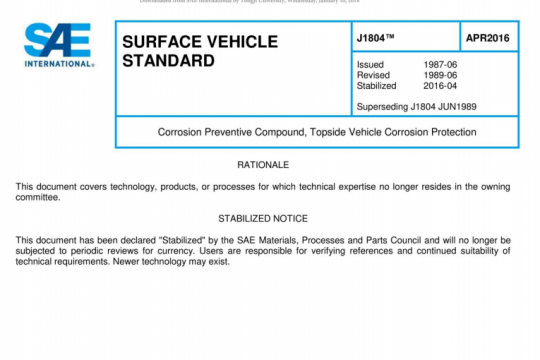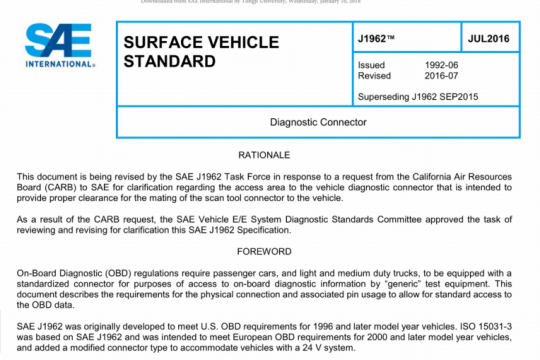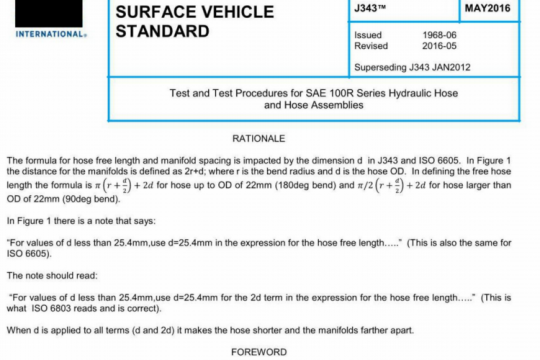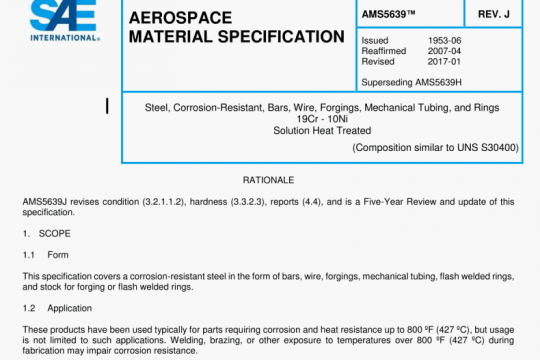SAE J641:2019 pdf free
SAE J641:2019 pdf free.Hydrodynamic Drives Terminology
The input speed in rpm (N) divided by the square root of the input torque (T) (see Equation 1). K-factor is designated as metric (more common, Ti in Nm) or U.S. customary units (T; in Ib-ft). MP2000 (see Equation 2) is the input torque required of the impeller for the torque converter to rotate at an input speed of 2000RPM at a given speed ratio. Capacity Factor (Cr)(see Equation 3) is a form of K factor that is proportional to torque. Tau (t) (see Equation 4) is a representation of Cr in different units.
The characteristics of a torque converter’s torque capacity over its torque conversion range are commonly referred to as “stiff” or “loose.” A stiff converter will have more torque capacity while operating at lower rotational speeds, while a loose converter will rotate more freely under torque. A stiffer torque converter will also maintain lower slip for a given input torque over its torque conversion range.
This method of mean camberline determination is shown for a continuously varying double surface type of hydrofoil. The same system applies to all other types of blade profiles, including cases where discontinuities arise, because of edge modifications, as with sheet metal blades.
Unless otherwise specified, a blade angle is measured from a zero reference to the line tangent to the mean camberline extended in the direction of flow from the point of interest on the design path. The variation of angle at points other than on the design path must be specified. A blade is generally identified by the angles at its entrance and exit edges.
Angle limits are -90 degrees and +90 degrees. A positive angle is one whose side tangent to the mean camberline extends in the direction of impeller rotation. A negative angle is one whose tangent side extends opposite to the direction of impeller rotation. In this system, the sine and tangent functions of the blade angle, as used in torque converter design, have the same sign as the angle, and the cosine function is always positive.SAE J641 pdf free download.




